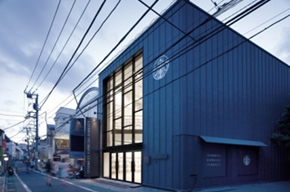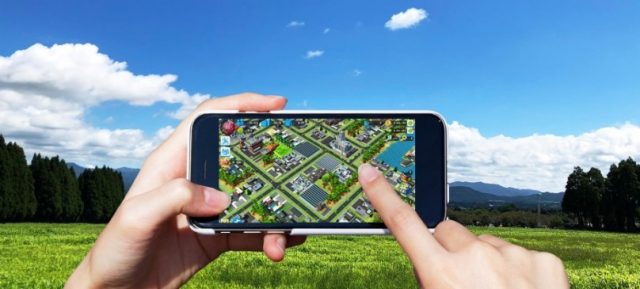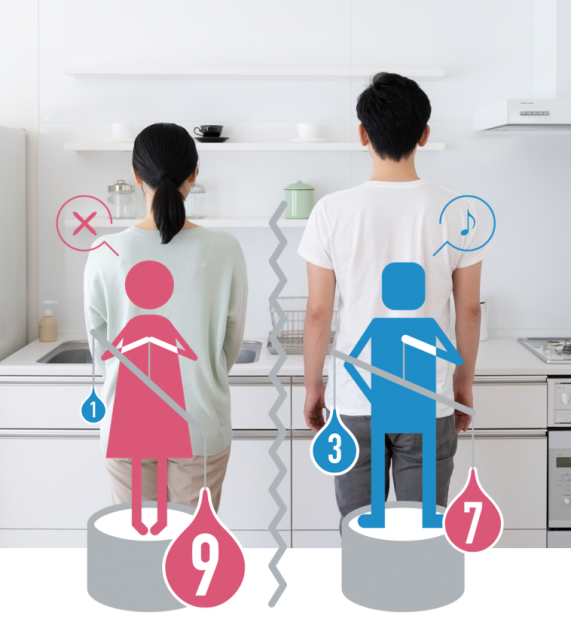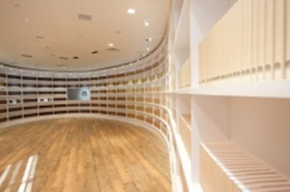
- Expertise
BtoC
Branding
Campaign Summary
For Starbucks Espresso Journey, PR Consulting Dentsu created a totally unique temporary outlet of the coffee chain, with the aim of reviving sales of its espresso range and firming up its loyal customer base. As well as achieving impressive results, including a 20% rise in sales, the project gained significant positive media coverage for Starbucks Japan, thanks to the innovative and engaging nature of the outlet and the surrounding campaign. The project is a fine example of utilizing creative design concepts and modern communication methods such as SNS to successfully re-engage consumers with a particular product.
Statement of the Problem / Opportunity
After sixteen years in Japan, by 2012 Starbucks Coffee Japan enjoyed considerable market presence and was about to add its 1000th outlet. Yet management was becoming concerned that the company’s loyal customers who visit Starbucks more than once a week to drink espresso drinks were decreasing due to the expansion of the beverage category, with sweeter blended products like fruit juice based Frappuccino, and even non-coffee drinks like tea and hot chocolate widely available. For its 2012 management theme therefore, Starbucks adopted a “getting back to basics” slogan aimed at strengthening its brand identity as a provider of high quality espresso drinks. PR Consulting Dentsu was approached to develop a PR campaign focusing on the quality of the Starbucks espresso range, to re-appeal to its loyal customers as well as gain new fans for this core of its business.
Research
The campaign was targeted at loyal customers who visited a Starbucks outlet at least twice a week to drink espresso beverages. For primary research, the agency interviewed three coffee specialists to analyze the main elements of espresso coffees, namely ingredient quality and barista expertise. The results showed that while Starbucks rated highly in these separate elements, there lacked a pride and expertise in delivering fine espresso product. In addition, outlet managers surveyed in Tokyo and the surrounding region said that despite much talk and enthusiasm concerning espresso specialization, efficient store operation took precedence and the message was not being clearly conveyed.
Planning
The campaign’s objective was to re-establish Starbucks as a company closely associated with espresso beverages, especially by its existing loyal customers. This would be achieved by emphasizing the quality of the company’s espresso products, rebuilding its appeal as a coffee specialist, and cementing its position as an industry leader. In addition, by providing a memorable service experience to patrons, loyal customers would be retained and their number even expanded. Starbucks also aimed to lift flagging sales in Japan of its espresso range. Besides boosting sales, the campaign aimed to strengthen the company’s position as an authority on espresso beverages.
Rather than holding a one-day promotional event or simply promoting espresso products more heavily in Starbucks outlets, the agency conceived the idea of opening a unique outlet devoted to espresso for a limited period. Entitled “Starbucks Espresso Journey”, it would give visitors the chance to truly experience Starbucks espresso beverages and reflect on their quality in a memorable setting. At the same time, it would provide the company with a direct line of communication to its loyal customers. The unusual nature of this outlet, combined with its limited opening period of 22 days, would help to attract customers and grab the attention of the media. While the usual media outreach to TV, newspapers and online news sites would be conducted, word-of-mouth promotion via social media was also expected to be a key factor in the project’s success.
Execution
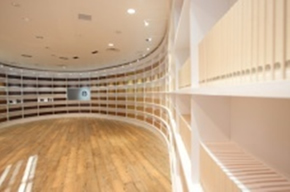
The agency recruited acclaimed designer Oki Sato, of Japanese studio nendo, to create a wholly distinctive and sophisticated Starbucks outlet in Tokyo’s chic Aoyama district. Dubbed a “pop-up store,” due to its temporary nature, it was the first outlet of its kind that the company had ever opened. The chosen design was based on the concept of a library, with the interior walls lined with shelves of books in various coffee-colored sleeves, each representing a different espresso beverage. In a further ingenious design concept, these book sleeves could serve a double use as a coffee flask holder.
Rather than offering a conventional menu, Starbucks Espresso Journey encouraged patrons to select by browsing through its shelves, on which the different colored ‘books’ each represented a particular espresso beverage. Then, by bringing their chosen ‘book’ to the counter, they would receive the corresponding drink and sleeve to keep. While drinking, patrons could learn more about their selection by reading information printed on the sleeve.
To promote the outlet’s opening, scheduled for September 9, fliers explaining its concept and location were distributed in Starbucks outlets nationwide, as well as other stores in the surrounding area. A further series of leaflets distributed in Starbucks outlets, entitled “Life with espresso,” featured various loyal customers explaining the part that Starbucks espresso plays in their daily life, while another gave practical tips on “how to make Starbucks latte.” Both leaflets’ content was also uploaded on the Starbucks website.
The agency organized a press preview event on the opening day, featuring two well-known Japanese celebrities (actor and comedian Naoto Takenaka and model and actress Mayumi Sada) who love Starbucks coffee, as well as the outlet’s designer Oki Sato and CEO of Starbucks Coffee Japan Jun Sekine. In addition, the client was advised to post announcements via popular social media sites like Facebook, Twitter, and Mixi as well as on Starbucks Japan’s corporate website, To make the event even more social media-friendly, a check-in function was set up on Facebook and Foursquare. In addition to serving as a place to drink and relax, the outlet also included a space for customers to experience being a barista, receiving guidance on making the perfect espresso or latte from qualified Starbucks staff and drinking their creation afterwards. On a similar note, iPads were set up in the store displaying specially created videos such as “Messages from latte lovers” and “Your perfect latte.”
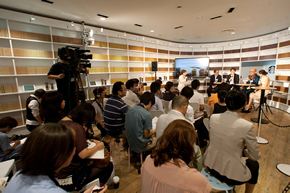
Campaign Outcomes / Monitoring and Evaluation
The news of the outlet was spread rapidly and widely by SNS and traditional media, earning more than 194.5 million media impressions in TV, newspapers and online. As a result, there were lines of 50-100 people waiting to enter the store each day, in spite of the lingering heat of late summer. The overall positive comments on 4,856 Twitter postings and more than 10,000 likes on Facebook helped create a significant buzz. Over 20,000 customers (around 900/day) visited the outlet during its 22-day opening period, compared with an average of 500 per day at other Starbucks outlets in Japan. Furthermore, sales of Starbucks espresso beverages soared 20%, while overall sales rose 5% over the previous year. The project even received prominent international coverage, being reported in the Wall Street Journal. Starbucks CEO Howard Shultz was notably impressed with Starbucks Espresso Journey’s unique design concept, taking the time to send a personal message to Starbucks Japan, in which he praised the project, saying how it “shines a light on our brand,” and encouraged employees to “keep challenging the status quo and break the traditional rules of real estate and retailing.
